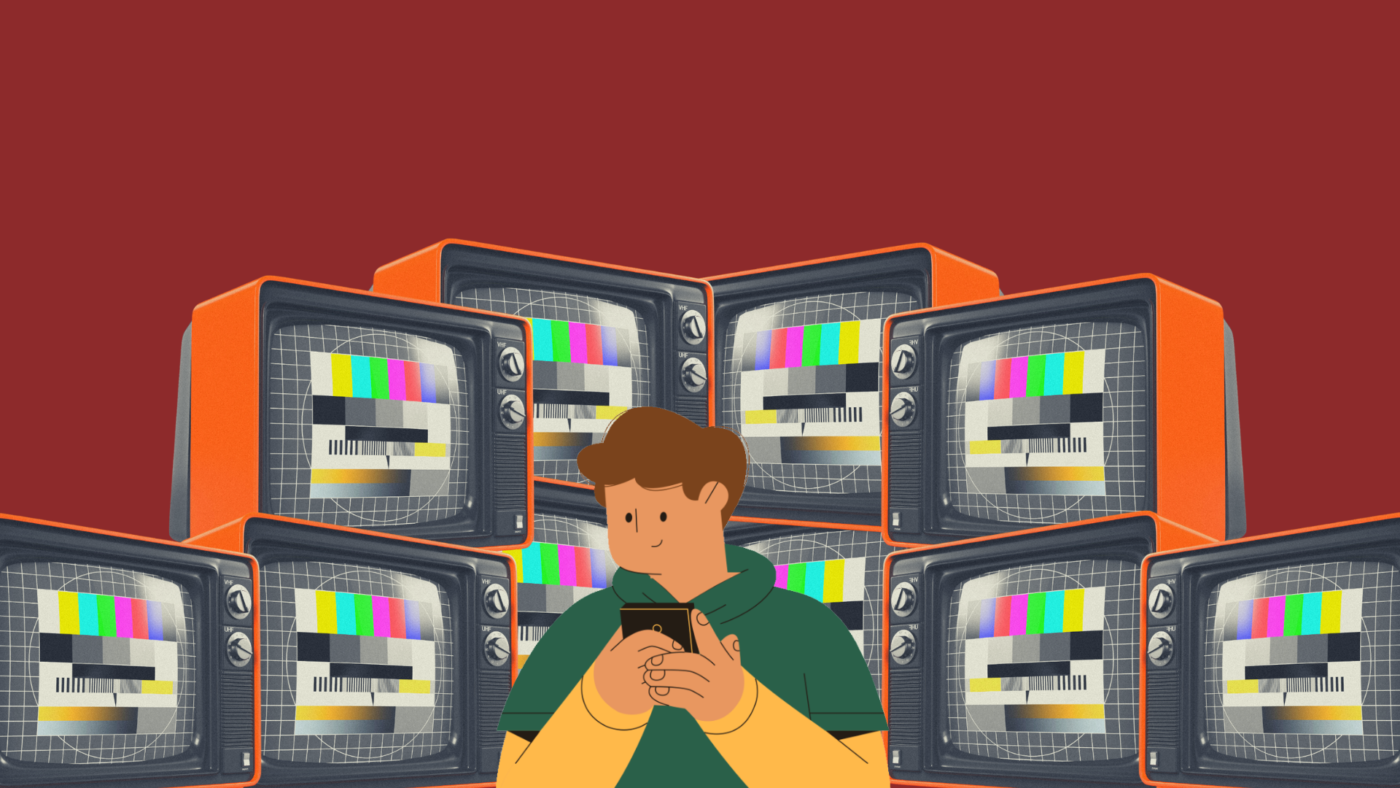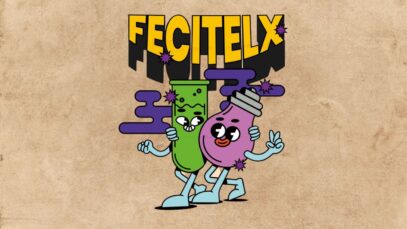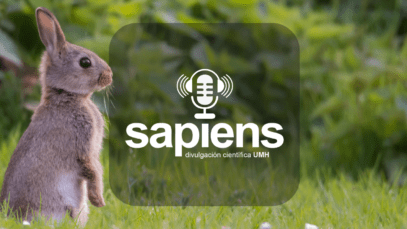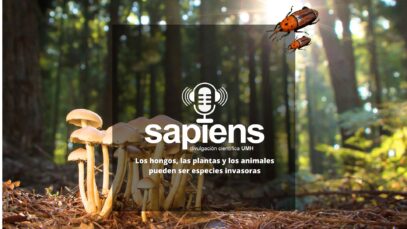
A Thousand Images, One Word
What is critical thinking? How does it help us against manipulation from mainstream media and social media?
When we use our favorite phone apps, as we walk down the street surrounded by billboards, when we turn on the television, as we listen to the radio… We are surrounded by stimuli all the time. Colors and sounds, images and text, all designed so that we really want to hear, see or read them. Behind every message we receive, there is an intention of whoever created it. If we manage to guess it, it will be easier to make smart decisions and not let the pretty wrapping fool us. This way, we will develop critical thinking: the ability to know when something should convince us, or not.
Specific shapes, colors, and sounds cause different reactions in our brains and, as a consequence, make us interpret information differently. In other words, they influence us. This is unavoidable, but we can prevent them from conditioning us, prevent them from leading us to certain decisions, or to manipulating our beliefs without us being fully aware. For example, UMH researchers Víctor Cabrera and Daniel Lloret study how advertising and social networks make teenagers engage in online gambling, and how this can lead to them becoming addicted to gambling or losing a lot of money.
There are some factors that influence us and they are very obvious: we find it more pleasant to see people considered beautiful or attractive, so we tend to believe what they tell us. Same goes for soft sounds and uplifting music. But above all, it’s images that have a deep influence on us. That’s why we’re surrounded by them, and why this brief anti-manipulation guide below focuses on being vigilant against misleading images. It may not be exaggerated to say that in our day to day we see one word for every thousand images.
Now the stage is set, it’s time to accept the challenge: face images and illusions that seek to make you doubt yourself and the techniques designed to manipulate your mind. Will you escape from this distorted, confusing world, the image dimension?
With the collaboration of Fundación Española para la Ciencia y la Tecnología-Ministerio de Ciencia e Innovación.

Did you like these activities? You have many more available, for young and old, in the special ‘Science in your living room.





